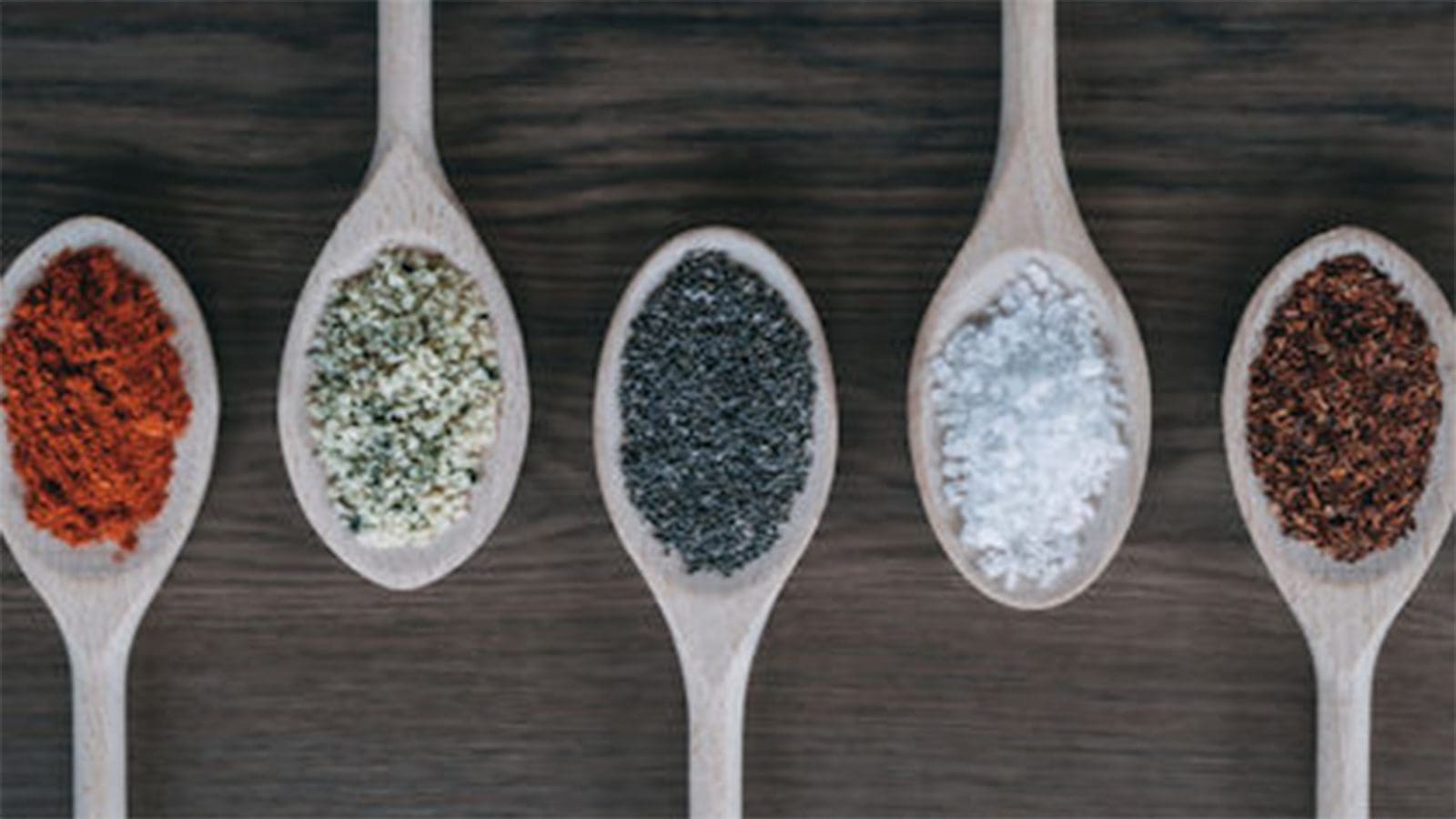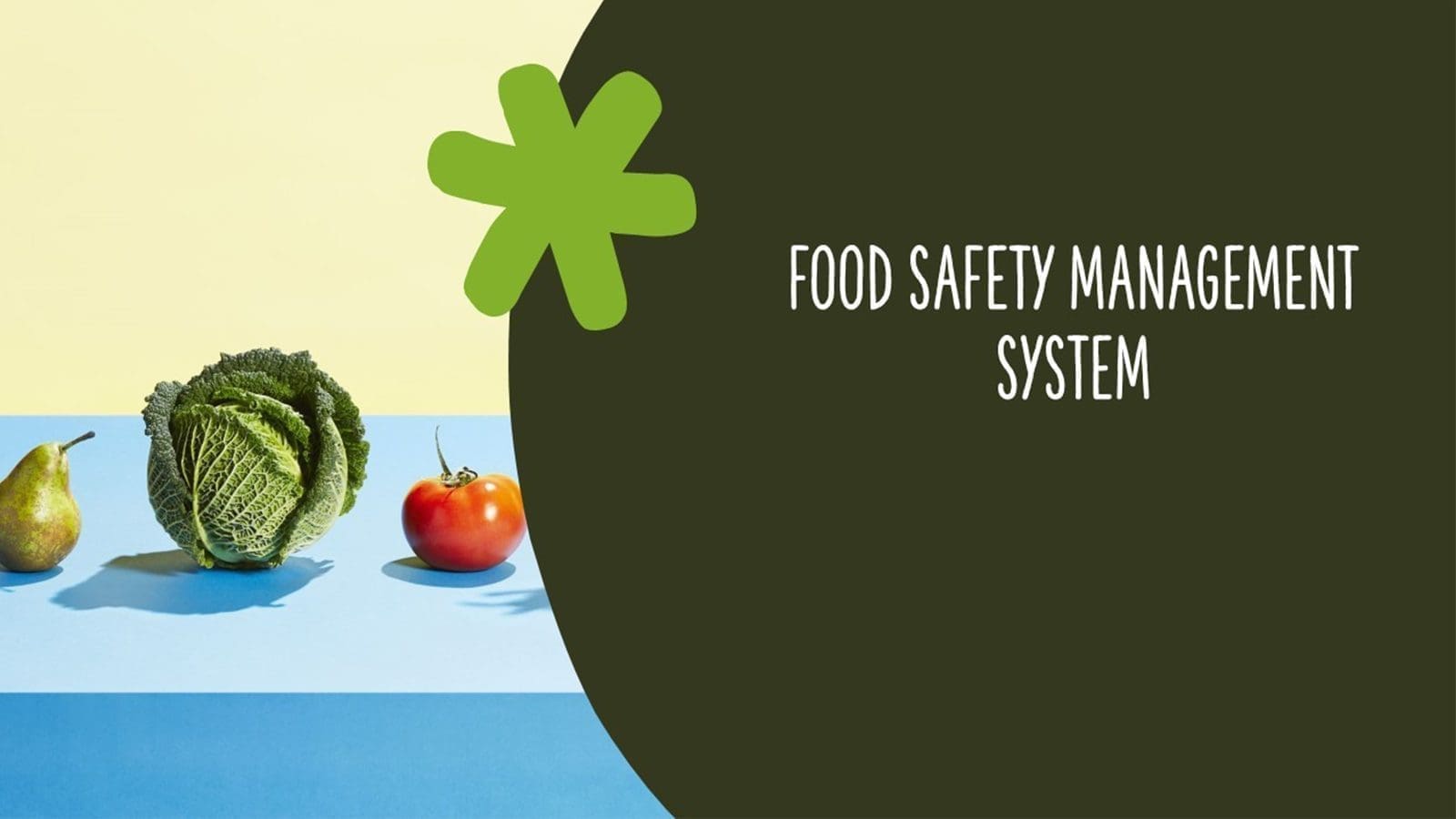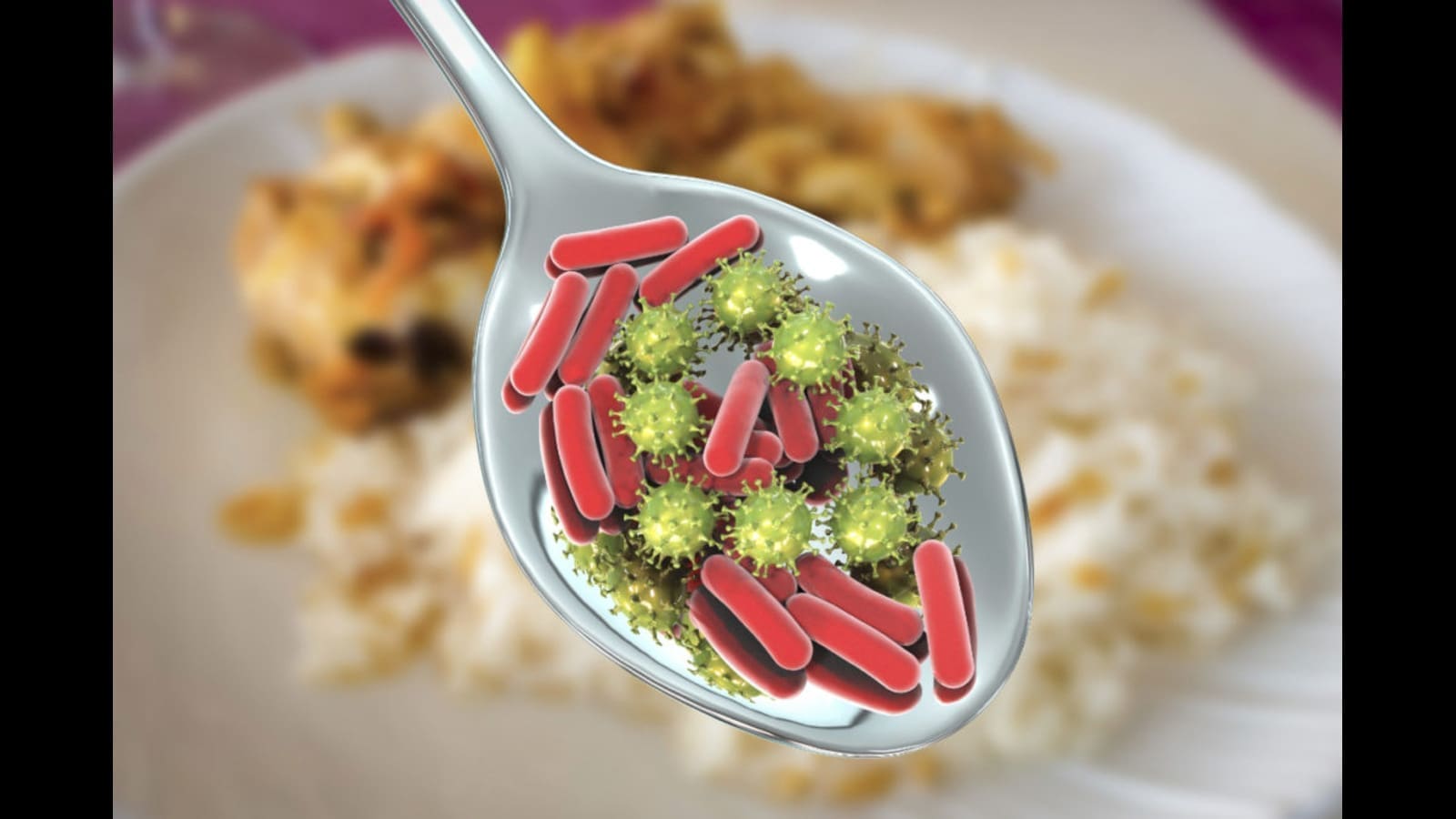EUROPE – The European Commission has reviewed its regulation on the use of ethylene oxide in food additives so as to provide clarity on the allowable levels and address challenges faced during enforcement.
Ethylene oxide is a gaseous disinfectant, originally used for sterilization purposes and for decreasing salmonella occurrence in foods.
It is a highly irritating and mutagenic chemical, considered to be increasing miscarriage risks, genetic anomalies and cancer occurrence in humans. It has been banned in the EU as a pesticide since 1991 and as an output product in food and feed since 2011.
Citing Rapid Alert System for Food and Food Network (RASFF) notifications, the European Commission explains that there have been several recent incidents concerning the presence of ethylene oxide in food products from food additives that contain the substances.
The issue started in September 2020 with sesame seeds from India with most RASFF alerts pointing to the product. However in 2021 and 2022, the focus shifted to a variety of items including locust bean gum, guar gum and xanthan gum from Turkey, food supplements and spices.
Grounded on those reports and information from official controls by member states, the EU Commission established measures for goods of non-animal origin entering the region from certain countries to protect public health due to the risk of contamination.
Notwithstanding the measures, enforcement has since faced a dead end attributed to the hurdle of discerning the source of ethylene oxide that is present in foods—be it through the unlawful sterilization of food additives or any other reason.
Current EU rules prohibit ethylene oxide from being used for sterilizing purposes in food additives. There is however no quantified limit for its presence in all additives. A limit of not more than 0.2 mg/kg of ethylene oxide is set for some additives treated with the substance.
To avoid future execution challenges and recall incidents, the European Commission has clarified that the presence of ethylene oxide, irrespective of its origin, is not authorized for all food additives.
The Commission has also set a limit of 0.1 milligrams per kilogram for ethylene oxide, including 2-chloro-ethanol expressed as ethylene oxide, in certain additives that are treated with the substance.
The regulation, which was backed by the Novel Food and Toxicological Safety of the Food Chain section of the Standing Committee on Plants, Animals, Food and Feed in March, will come into force in September.
The maximum level may be re-examined in the future, in accordance with technological progress in achieving lower limits of quantification by routine methods of analysis by laboratories in the EU.
Liked this article? Subscribe to Food Safety Africa News, our regular email newsletters with the latest news insights from Africa and the World’s food safety, quality and compliance. SUBSCRIBE HERE








